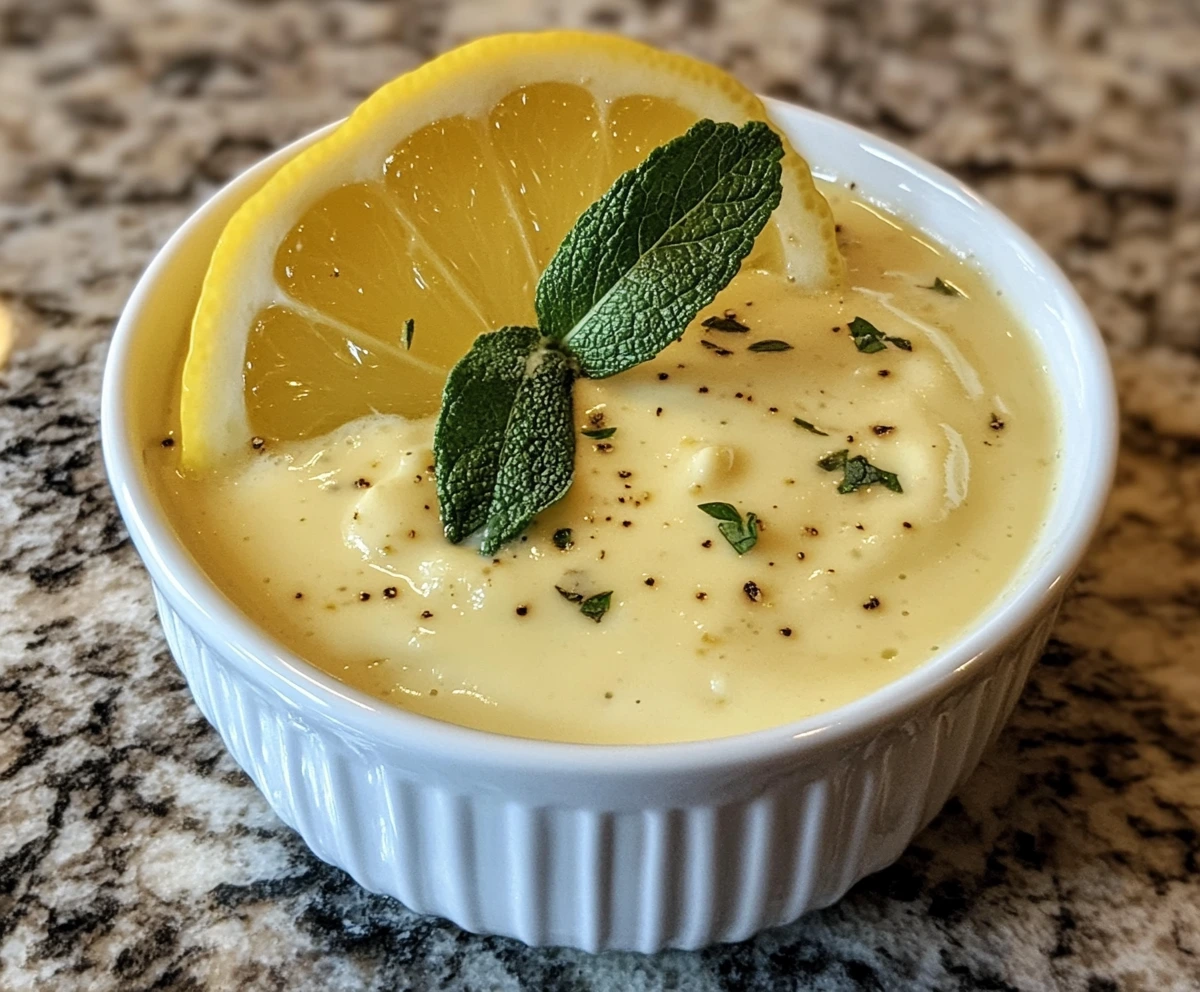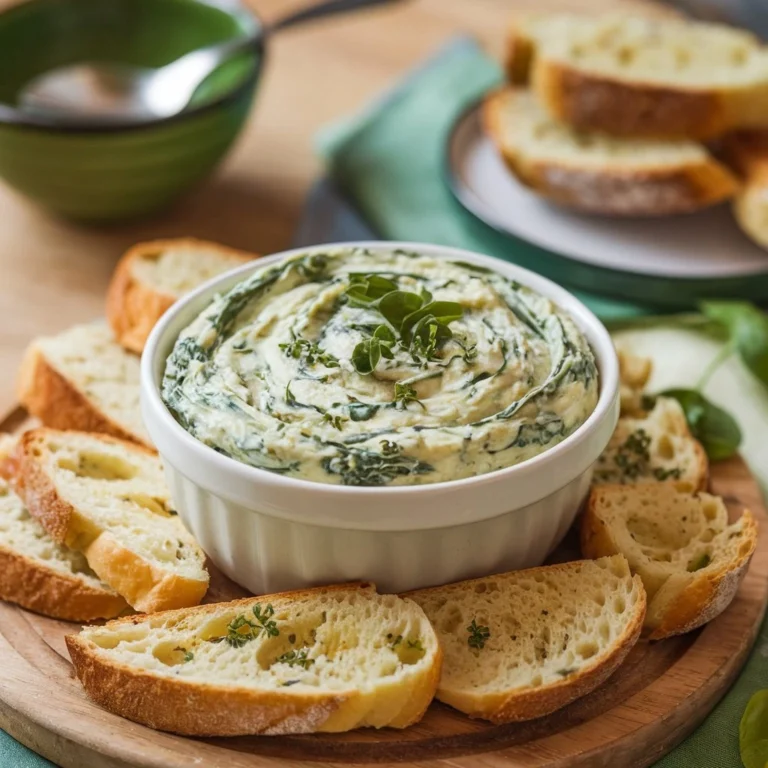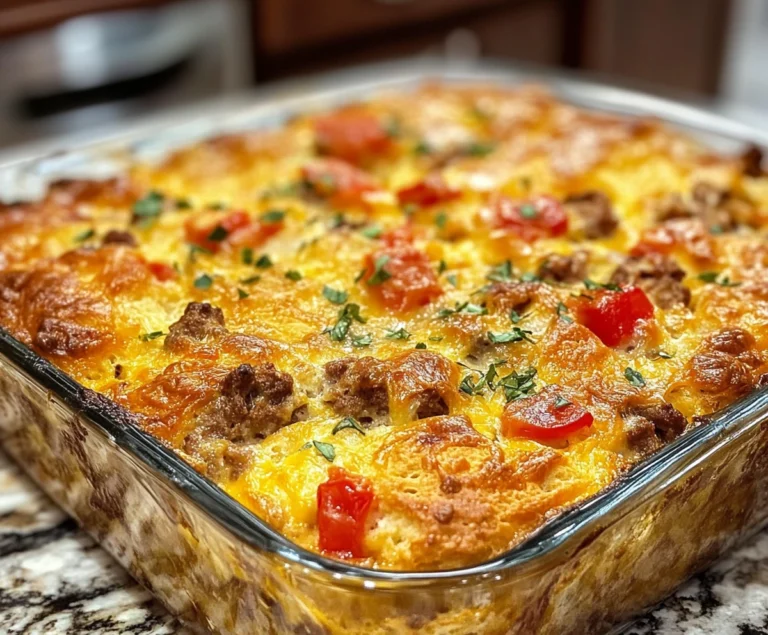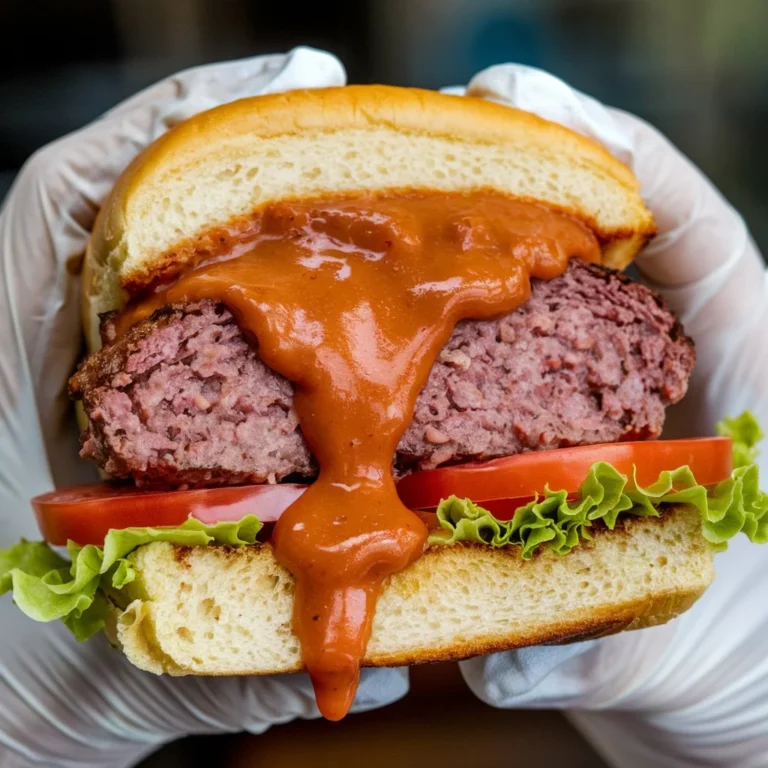How to Add Lemon to Cream Without Curdling: A Comprehensive Guide
The combination of lemon and cream is a staple in many culinary dishes, from creamy lemon pastas to zesty desserts like lemon posset. However, the marriage of these two ingredients can be tricky due to the acidic nature of lemon juice, which often causes the cream to curdle. This can leave your dish with an undesirable texture, affecting both the appearance and taste. The good news is that there are several effective techniques and best practices to ensure that your lemon cream sauces and desserts turn out smooth, creamy, and delicious.
In this comprehensive guide, we will explore the science How to Add Lemon to Cream Without Curdling, step-by-step techniques to avoid it, the best practices for combining lemon and cream, and a variety of recipes to try at home. By the end, you’ll have the confidence to create perfectly creamy dishes without the fear of curdling.
Why Does Cream Curdle When Lemon Juice is Added?
Understanding the science of curdling is essential to preventing it. When you add lemon juice to cream, the acidity in the lemon breaks down the proteins in the cream, causing them to coagulate or “curdle.” This reaction is common when the cream is heated or when you’re working with low-fat dairy products, which have a higher water content and less fat to protect the proteins.
When proteins are exposed to acid, they start to clump together and separate from the liquid (known as whey). This is particularly problematic if you are making a sauce or dessert that relies on a smooth texture. Curdling usually occurs when:
- The cream has a low fat content.
- The temperature is too high.
- The lemon juice is added too quickly or at the wrong stage.
To prevent curdling, it’s important to manage how the acid in lemon juice interacts with the cream. Techniques such as controlling the fat content and temperature, as well as the method of introducing the acid, can all help prevent curdling.
You can also read more about how lemon affects dairy products in this Lemon Cream Sauce Recipe for additional insights.
The Importance of Fat Content in Preventing Curdling
When cooking with cream, fat content plays a significant role in how stable the mixture is when exposed to acidic ingredients like lemon juice. Creams with higher fat percentages are more stable and less likely to curdle, while low-fat products are more prone to curdling because there’s less fat to buffer the reaction between the acid and proteins.
Here’s a breakdown of different types of cream and their fat contents:
- Heavy Cream or Whipping Cream: Contains 30–40% fat, making it ideal for use in sauces, soups, and desserts that involve lemon or other acidic ingredients.
- Half-and-Half: Contains only about 10–12% fat, making it much more prone to curdling when mixed with lemon.
- Milk: With a fat content of about 3–4%, milk is highly prone to curdling when mixed with acidic ingredients. Milk-based recipes that include lemon juice typically require extra stabilizing techniques to prevent curdling.
To avoid curdling, always choose high-fat dairy options like heavy cream or whipping cream for dishes where you plan to add lemon juice. The higher the fat content, the more protection the proteins have, resulting in a smoother, more stable mixture.
For more tips on using high-fat dairy products in baking and cooking, check out this helpful Cinnamon Rolls with Heavy Whipping Cream guide for inspiration.
Techniques to Add Lemon to Cream Without Curdling
Preventing curdling is all about timing, temperature control, and using the right techniques to stabilize the cream. Here are the most effective ways to add lemon juice to cream without ending up with a lumpy, separated sauce or dessert:
1. Use High-Fat Dairy
- Always opt for heavy cream (at least 30% fat) or whipping cream when making lemon-based sauces or desserts.
- Avoid using low-fat products like milk or half-and-half, as they are more likely to curdle when combined with acidic ingredients like lemon juice.
2. Add Lemon Juice Slowly and at the End
- The timing of when you add lemon juice is crucial. Always add the lemon juice slowly and towards the end of cooking, especially when making sauces or soups.
- Gradually whisk the lemon juice into the cream, allowing the mixture to stabilize as you go. This helps prevent a sudden shock to the cream, reducing the risk of curdling.
- If you’re preparing a dish where the lemon juice must be added earlier (such as a dessert), temper the cream first by adding a small amount of the acidic liquid before incorporating the rest.
3. Control the Heat
- High temperatures exacerbate curdling. When making a lemon cream sauce or dessert, keep the heat low to medium. Simmering the cream gently allows the proteins to stay intact while the lemon juice is added.
- Avoid boiling the cream at all costs. Boiling encourages rapid protein coagulation, which is the main cause of curdling.
4. Stabilize the Cream with Starch or Flour
- If you’re worried about curdling, you can add a stabilizing agent like cornstarch or flour to the cream before adding the lemon juice. The starch acts as a protective barrier between the proteins and the acid, preventing them from clumping together.
- For each cup of cream, dissolve 1 tablespoon of cornstarch or flour in a small amount of water, then stir it into the cream before adding the lemon juice.
5. Temper the Cream
- Tempering is a technique where you gradually mix a small amount of hot lemon juice into the cream before combining the two fully. This process prevents the proteins in the cream from experiencing a sudden change in temperature or acidity, which can lead to curdling.
- Once you’ve tempered the cream with a small amount of the acidic mixture, you can slowly add the remaining lemon juice without worrying about curdling.
6. Use Cream at Room Temperature
- Cold cream is more likely to curdle when exposed to acidic ingredients. Before mixing lemon juice into your cream, allow the cream to come to room temperature. This will help stabilize the mixture and reduce the risk of curdling.
Preventing Curdling in Specific Dishes
Now that we’ve covered the general techniques for preventing curdling, let’s dive into how to apply these methods in different dishes. Whether you’re making a lemon-infused pasta sauce, soup, or dessert, you can follow these tailored tips to ensure a creamy, smooth result.
Lemon Cream Pasta Sauce
Creamy lemon pasta sauces are a popular choice for a light yet decadent meal. However, combining lemon and cream in a hot sauce can lead to curdling if not done correctly. Follow these steps to prevent curdling:
- Start with Heavy Cream: Use heavy cream or whipping cream as your base.
- Simmer the Cream Gently: Heat the cream over low to medium heat, stirring constantly. Avoid bringing it to a boil.
- Add Lemon Juice Slowly: After the cream is fully heated and thickened, slowly whisk in the lemon juice. Doing this after the cream has thickened helps prevent the proteins from separating.
- Use a Stabilizer: If desired, add a teaspoon of cornstarch or flour to further stabilize the sauce.
For more details on how to create the perfect creamy lemon sauce for pasta, check out this guide on making the ultimate Lemon Cream Sauce.
Lemon Posset Dessert
Lemon posset is a traditional British dessert made from cream, sugar, and lemon juice. The acidity from the lemon causes the cream to thicken naturally without the need for additional stabilizers. However, to avoid curdling, follow these steps:
- Heat the Cream Gently: Simmer the cream and sugar together until the sugar is fully dissolved.
- Remove from Heat: Take the cream off the heat before adding the lemon juice. This allows the cream to cool slightly, reducing the risk of curdling.
- Whisk in Lemon Juice Slowly: Slowly whisk in the lemon juice, a little at a time. The mixture will thicken as the lemon juice reacts with the cream.
- Chill the Mixture: Pour the mixture into serving dishes and refrigerate until set.
Lemon posset is a wonderfully creamy dessert that’s easy to make but requires careful attention to prevent curdling. Check out other delicious lemon-based desserts in this Lemon Blueberry Cheesecake guide.
Creamy Soups with Lemon
Soups like cream of chicken or potato soup often benefit from a splash of lemon juice to brighten the flavor. However, adding lemon to a hot, creamy soup can lead to curdling if not done correctly:
- Use Heavy Cream as the Base: Start with a base of heavy cream or whipping cream to stabilize the mixture.
- Add Lemon at the End: Stir the lemon juice into the soup as the last step, after you’ve removed it from the heat.
- Avoid Boiling the Soup: Keep the soup at a simmer rather than a full boil to prevent the proteins from separating.
- Stabilize with Flour: Add a small amount of flour or cornstarch to the cream before adding it to the soup. This creates a barrier that protects the cream from the acid.
For more ideas on creamy soups, check out this flavorful recipe for Poblano Soup that pairs cream and acid perfectly.
Common Mistakes to Avoid
When adding lemon juice to cream, it’s easy to make mistakes that lead to curdling. Here’s a list of common mistakes to avoid:
- Using Low-Fat Dairy: Low-fat products like milk or half-and-half are more prone to curdling because they lack the fat needed to stabilize the mixture. Stick to heavy cream or whipping cream.
- Adding Lemon Juice Too Early: Always add the lemon juice as one of the last steps in your recipe to prevent curdling.
- Overheating the Mixture: High temperatures cause proteins to coagulate more quickly, which leads to curdling. Always keep the heat low to medium when working with lemon and cream.
- Skipping the Stabilizer: If you’re worried about curdling, don’t forget to add a stabilizer like cornstarch or flour to the cream. This can make all the difference in achieving a smooth, creamy texture.
More Recipe Ideas: Perfecting the Combination of Lemon and Cream
In addition to the dishes mentioned earlier, here are a few more recipes that showcase how you can combine lemon and cream without curdling.
Lemon Ice Cream
Making lemon ice cream can be a challenge due to the risk of curdling when mixing lemon juice with dairy. Here’s how to avoid curdling while achieving a perfectly creamy result:
- Temper the Lemon Juice: Gradually mix a small amount of lemon syrup into the cream, whisking continuously to temper the cream before adding the rest of the lemon juice.
- Use Heavy Cream: The high-fat content of heavy cream helps prevent curdling in the ice cream base.
- Churn the Mixture Slowly: Use an ice cream maker to churn the mixture slowly, allowing the cream and lemon to blend smoothly.
Lemon Cheesecake
Cheesecake is a classic dessert that often incorporates a touch of lemon for extra flavor. However, it’s important to use the right techniques to avoid curdling in the cream cheese filling:
- Use Full-Fat Cream Cheese: Always use full-fat cream cheese when making cheesecake, as the fat content helps prevent curdling.
- Gradually Add Lemon Juice: Slowly mix in the lemon juice to the cream cheese mixture, whisking constantly to keep the texture smooth.
- Bake at a Low Temperature: Bake the cheesecake at a low temperature to ensure a smooth, creamy filling without any curdling.
For a perfect lemon cheesecake recipe, check out this guide on making Lemon Blueberry Cheesecake, which combines the zesty flavors of lemon with a creamy base.
Conclusion
Mastering the art of combining lemon and cream without curdling requires an understanding of the science behind curdling, as well as attention to detail when it comes to fat content, temperature control, and the order of adding ingredients. By using high-fat cream, adding lemon juice slowly, and controlling the heat, you can create a wide range of delicious, creamy dishes—from savory pasta sauces to sweet, tangy desserts—without the risk of curdling.
Remember to experiment with different recipes and techniques to find what works best for your cooking style. For more lemon and cream recipes, browse through additional guides and ideas on Aurelia Recipes, where you’ll find plenty of inspiration to help you elevate your cooking.







